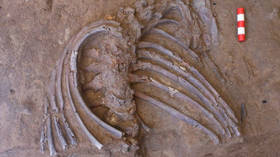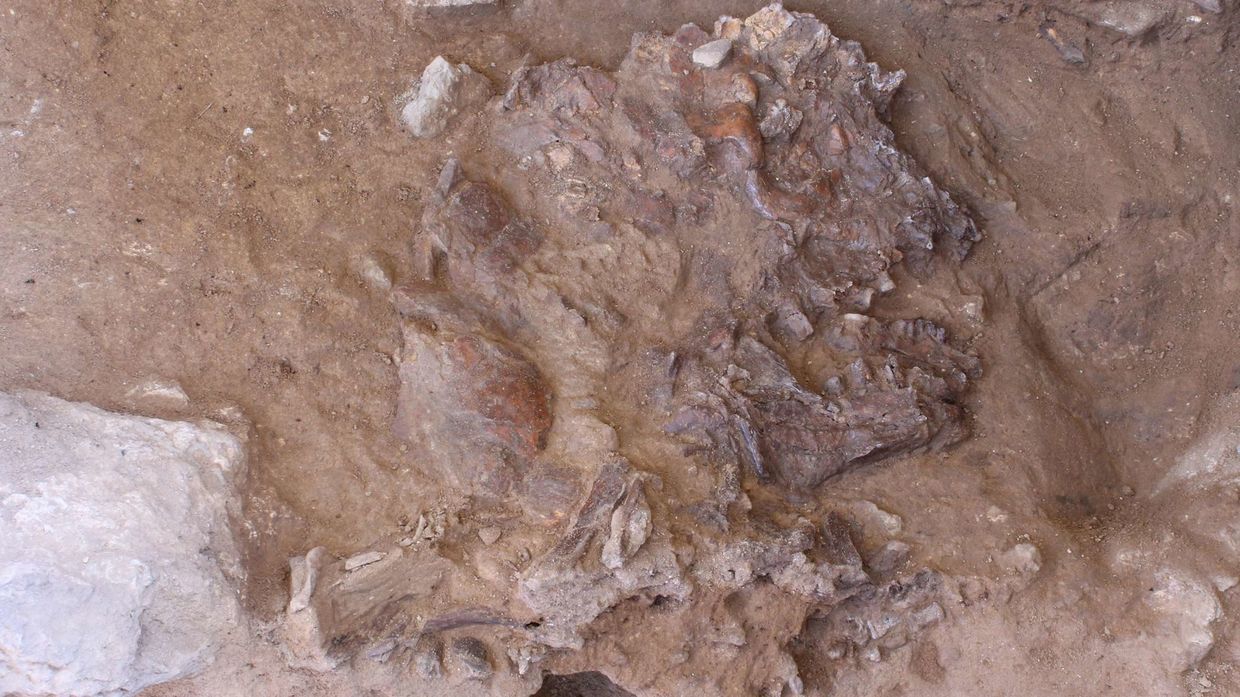Extraordinary Neanderthal skeleton found at famous burial site could finally answer ancient DEATH-RITES question

The landmark discovery in Iraq of the skeleton of a 70,000-year-old Neanderthal has reignited a debate about whether these ancient humans were sophisticated enough to have burial rituals.
The old bones were unearthed at Shanidar Cave in Iraq, where the partial remains of 10 Neanderthal men, women and children were found during excavations in the 1950s and 1960s.

The skeleton is the first “articulated” Neanderthal remains to be found in two decades. An articulated skeleton find is one where the bones are still arranged in their original positions. Researchers say it offers an unparalleled opportunity to investigate the "mortuary practices" of the lost human species using the latest cutting-edge techniques.

"To have primary evidence of such quality from this famous Neanderthal site will allow us to use modern technologies to explore everything from ancient DNA to long-held questions about Neanderthal ways of death, and whether they were similar to our own," said Dr Emma Pomeroy of Cambridge's Department of Archaeology, lead author of a fresh paper on the find.
The discovery has been named Shanidar Z and while the subject’s sex is yet to be determined, the person has the teeth of a "middle- to older-aged adult."
The researchers say there is strong early evidence that Shanidar Z was deliberately buried. "In recent years we have seen increasing evidence that Neanderthals were more sophisticated than previously thought, from cave markings to use of decorative shells and raptor talons,” Pomeroy added.
"If Neanderthals were using Shanidar cave as a site of memory for the repeated ritual interment of their dead, it would suggest cultural complexity of a high order."
Also on rt.com Not our fault? Neanderthals’ extinction may have been due to sheer bad luckLike this story? Share it with a friend!














